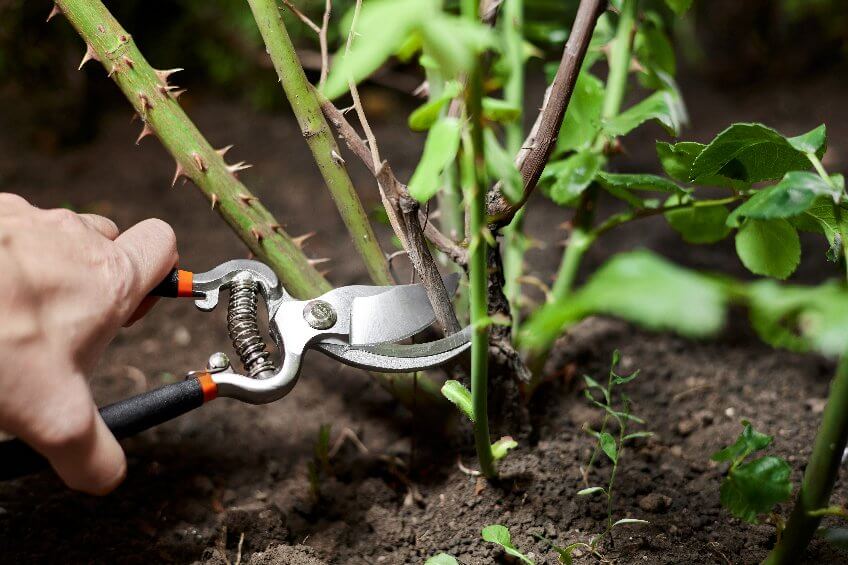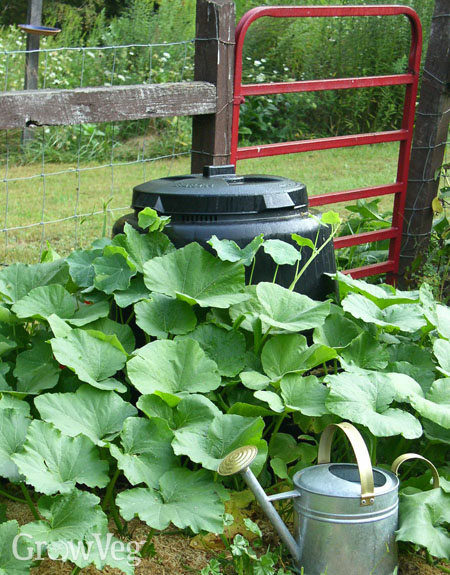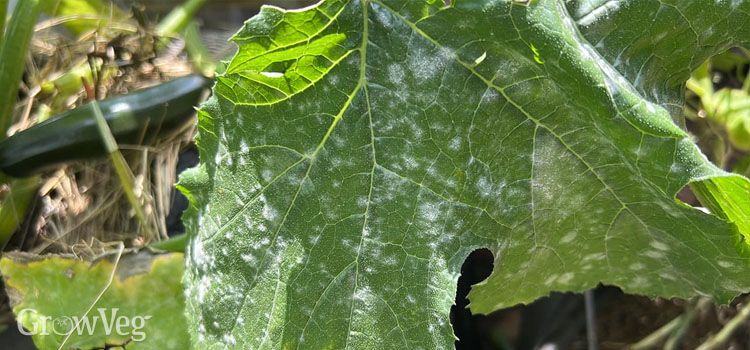Most vegetables are fast-growing annuals with one goal: to produce a robust crop of seeds. It happens in stages. Leaf by new leaf, juvenile plants gain energy for growth through photosynthesis until there are enough leaves to support reproduction. As the plants mature, the canopy of leaves shades flowers and fruits from intense sun, helps shed excess rain, and limits surface evaporation in times of drought.
Its a beautiful plan, with little or no need for the gardener to intervene with pruning shears. Most of the time. There are situations where pruning can be beneficial to plant health by improving light exposure or thwarting pests and diseases. And should you wish to grow a giant pumpkin or tomato, you will need to use special pruning techniques to increase fruit size.
Beware of over-zealous pruning advice. In recent years much has been learned on how greenhouse cucumbers and tomatoes can be pruned to maximize productivity, the key word here being greenhouse. These are special varieties grown in robotically managed, low-stress commercial environments that are far different from the wild world of the garden. Garden-grown plants need a wider margin of error, and the capacity to bounce back from storms or other traumas, so they benefit from keeping most of their stems and leaves. When pruning vegetable plants, you should have a sound reason for making each cut.
Pruning vegetable plants is an essential gardening skill that every home gardener should learn. Proper pruning helps plants stay healthy controls their growth and maximizes their productivity. While the idea of cutting off parts of your plants may seem counterintuitive, it actually encourages them to become more productive. This article will explain when, why, and how to prune common vegetable plants for the best harvest.
Why Prune Vegetable Plants?
There are three main reasons to prune vegetable plants
1. Improve Plant Health
Removing diseased, damaged, or crowded growth helps prevent the spread of pests and disease. It also allows for better air circulation and light exposure. Pruning off old growth rejuvenates plants by encouraging the production of new, healthy growth.
2. Control Growth
Pruning helps you manage plant size and shape. Removing unwanted growth directs plants to grow in the ways you want them to. For example, pinching off side shoots makes tomatoes grow as a single main stem rather than becoming bushy.
3. Maximize Production
Strategic pruning at key times signals plants to focus their energy into developing more flowers and fruits rather than leaves and vines. Regular harvesting of fruits and leaves also encourages further production.
When to Prune Vegetable Plants
Timing is important when pruning. Here are some guidelines on when to prune common vegetable crops
-
Leafy greens – Harvest outer leaves regularly, starting when plants are 6-8 inches tall.
-
Broccoli, cabbage, cauliflower – Remove damaged lower leaves anytime. Cut back top center head after main head is harvested to promote side shoot growth.
-
Peas, beans – Pinch off top growth when pods start to form to encourage pod development.
-
Tomatoes – Prune lower leaves and side shoots regularly. Top plants 2-3 weeks before first expected frost to focus remaining energy on ripening fruit.
-
Peppers, eggplant – Prune early leaves after first flower buds form to promote fruiting rather than leafy growth.
-
Squash, melons, cucumbers – Pinch off early female flowers until female flowers outnumber male flowers to avoid stunted fruit. Then prune to control rampant growth.
-
Herbs – Harvest regularly to encourage bushy new growth. Deadhead flowers to prolong leaf production.
How to Prune Vegetable Plants
Follow these tips to properly prune your vegetable plants:
-
Use clean, sharp pruning shears or scissors to make clean cuts. Avoid tearing.
-
Make cuts just above a leaf node or bud. Angle cuts downwards to prevent water pooling.
-
Remove up to 1/3 of overall growth at a time, letting plants recover between prunings.
-
Focus on removing damaged, diseased, crowded, or unproductive growth first when pruning.
-
Prune tall, leggy growth to encourage bushier, sturdier plants.
-
Monitor regularly and be proactive. Don’t let plants get overgrown before pruning.
-
Sanitize tools between plants with rubbing alcohol to prevent spreading diseases.
-
Compost removed vegetative growth. Discard any diseased or pest-infested material.
Key Pruning Techniques
Here are some go-to pruning techniques to use for common vegetable plants:
Pinning or Pinching
-
Use your thumb and forefinger to snap off small shoots, suckers, or early flowers.
-
Encourages bushier, thicker growth on tomatoes, peppers, basil, etc.
Thinning
-
Snip away weak, crowded seedlings with small scissors to give remaining plants room.
-
Use for lettuce, beets, carrots, radishes, and other densely-planted crops.
Topping
-
Snip off the main central stem right above a leaf node.
-
Stops upward growth and diverts energy into side shoots. Use on basil, tomatoes, peppers, etc.
Heading Back
-
Removing the growing tip of a branch back to a bud or leaf.
-
Encourages bushier growth, prevents legginess. Good for herbs.
Leaf Pruning
-
Remove old lower leaves and growth shaded by upper leaves.
-
Improves air circulation and light exposure. Use on tomatoes, peppers, squash, etc.
Learning how to properly prune vegetable plants takes some practice, but it is a basic skill that can drastically improve your harvests. Pay close attention to timing, use proper techniques, and always prune with purpose. With hands-on experience, you’ll quickly see the benefits pruning provides in keeping plants vigorous and productive. Consult plant-specific guides for more detailed pruning advice once you get the basics down. Happy pruning!

Pruning to Manage Size
Growing exuberant vining vegetables is fun, but sometimes pruning is needed to train the stems where you want them to go. Try to train rather than trim when working with young plants, which need every leaf to support strong growth. With older plants such as super-vigorous cherry tomatoes, sometimes a hard pruning in late summer followed by deep watering will push out a flush of new growth. Don’t go overboard when pruning tomatoes, because over 80% of the sugars in the fruits come from photosynthesis done by the leaves. Maintaining a high leaf-to-fruit ratio is a sure route to great tomato flavor.

If you have a pumpkin or watermelon vine taking over your back yard, you can prune a little, up to about 20 percent of the plants’ total mass. Whether leaves are lost to pests, pruning, or both, most vegetable plants can lose 30 percent of their foliage and still produce well.
Pruning to Manage Pests and Diseases
It’s a bad aphid year in the US, with gardeners reaching for spray after spray to control them. While I’m all for aphid management, a first line of defense is to prune off infested plant parts. A bud or leaf that has been badly damaged by aphids, spider mites or other sucking insects will not recover, so it is best removed and dispatched to the compost pile.
In every garden there are diseases that return every year no matter what you do. Growing varieties with genetic resistance means your plants stay healthy for longer, and preventative pruning can further reduce risk by improving air flow and light penetration. In my garden, tomato early blight always causes the lowest leaves on my plants to turn brown and wither, so I go ahead and prune off those leaves once the plants show vigorous growth. Similarly, when older leaves of summer squash start going gray with powdery mildew, it makes me feel better to lop them off and throw them on the compost.

Indeed, there is rarely a good reason to keep low leaves that may shelter slugs or serve as incubators for leaf spot diseases. Most vegetable plants naturally shed their oldest leaves, so pruning off those that show signs of decline simply speeds things up a bit. Just don’t get carried away and start lopping off healthy leaves.
Pruning Vegetable Plants
FAQ
Are you supposed to prune vegetable plants?
GARDEN TIPS: PRUNING AND AIRING PLANTS It is so important to prune your vegetable plants so they grow strong and use their energy towards the fruit/veggie and not the leaves. Also prevent powdery mildew from spreading.Jul 10, 2022
How do you prune tomato and pepper plants?
Keep pruning the new growth off the top about every two weeks, making sure to remove the growing tip. After the plant determines that growing upward is not an option, it will send out new branches lower down on the stem.
What vegetables do you need to prune?
- Pinching Tomatoes. …
- Pinching Basil. …
- Pinching Peppers. …
- Pinching Cucumbers. …
- 10 Secrets to Growing Tomatoes (Avoid Pitfalls Now!)
- 12 Early-Summer Chores: What To Do in the Garden Now.
How to prune plants correctly?
How to Prune. Any time you prune, make proper cuts so you won’t damage your plant. All cuts should be made on the branch side of the stem collar, which grows out from the stem at the base of the branch. This protects the stem and other branches that might be growing, and allows the tree to heal more effectively.
